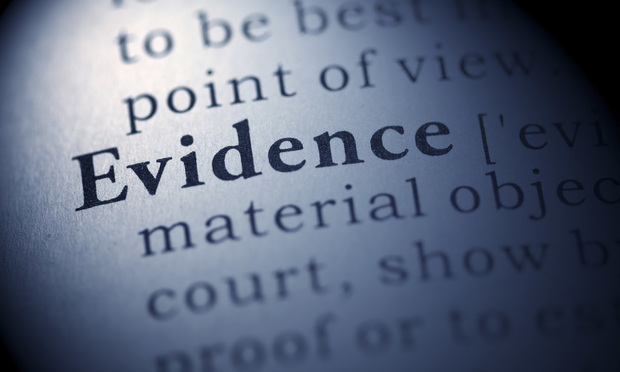CPLR Article 16, §§1600-1603, was the last major reform of principles of comparative fault in New York law. Statutory and judicial changes in the 1970s eliminated the rigid contributory negligence regime for plaintiffs. What remained, however, was highly problematic. As Justice Dillon of the Appellate Division, Second Department, explained, “defendants found to be at fault for only a minor portion of joint tortfeasors’ negligence could still be required to satisfy 100% of the judgments to which plaintiffs were entitled, and subject only to the payors’ uncertain right to receive post-payment contribution from other co-tortfeasors.” Mark C. Dillon, The Extrapolation of Defendants’ Liabilities Under CPLR Article 16 Where the Plaintiff Is Contributorily Negligent: An Update Toward Resolving a Perceived Ambiguity Of CPLR 1601, 73.1 Alb. L. Rev. 79, 86 (2009). Article 16 was designed to “nudg[e] the loss allocation pendulum to a middle ground between plaintiffs and defendants,” by requiring that, under certain conditions, a defendant responsible for 50% or less of noneconomic damages would be required to pay only his “equitable share” of such damages.” Id.
But the precise position of the pendulum is always subject to the push and pull of litigation. According to a burgeoning theory being advanced by the tort plaintiffs’ bar, defendants who seek to apportion liability among multiple tortfeasors under CPLR Article 16 cannot, in making the showing required by that rule, rely at all on evidence introduced by the plaintiff. Instead, some plaintiffs have argued, a defendant in that scenario must make its own, independent, affirmative showing that others are liable for half or more of the damages. This theory, not yet squarely addressed by the Appellate Divisions or Court of Appeals (but accepted by at least one trial court), would significantly shift the “middle ground” Article 16 was supposed to occupy. Especially in cases where the plaintiff’s own proof rests on evidence of liability that is largely general, rather than specific to any particular tortfeasor, the acceptance of this new theory would undermine the protections Article 16 was intended to provide.
This content has been archived. It is available through our partners, LexisNexis® and Bloomberg Law.
To view this content, please continue to their sites.
Not a Lexis Subscriber?
Subscribe Now
Not a Bloomberg Law Subscriber?
Subscribe Now
LexisNexis® and Bloomberg Law are third party online distributors of the broad collection of current and archived versions of ALM's legal news publications. LexisNexis® and Bloomberg Law customers are able to access and use ALM's content, including content from the National Law Journal, The American Lawyer, Legaltech News, The New York Law Journal, and Corporate Counsel, as well as other sources of legal information.
For questions call 1-877-256-2472 or contact us at [email protected]


 Photo: Feng Yu – Fotolia
Photo: Feng Yu – Fotolia




